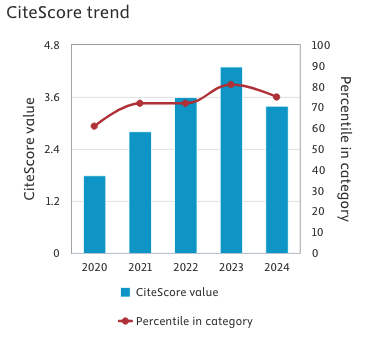Intranuclear 3’-phosphoinositide metabolism and apoptosis protection in PC12 cells
Keywords:
PtdIns (3, 4, 5)P3, PI3K, Akt, nucleus, apoptosisAbstract
Lipid second messengers, particularly those derived from the polyphosphoinositide metabolism, play a pivotal role in multiple cell signaling networks. Phosphoinositide 3-kinase (PI3K) generates specific 3’-phosphorylated inositol lipids that have been implicated in a multitude of cell functions. One of the best characterized targets of PI3K lipid products is the serine/threonine protein kinase Akt (protein kinase B). Recent findings have implicated the PI3K/Akt pathway in cancer progression because it stimulates cell proliferation and suppresses apoptosis. Evidence accumulated over the past 15 years has highlighted the presence of an autonomous nuclear inositol lipid cycle, and strongly suggests that lipid molecules are important components of signaling networks operating within the nucleus. PI3K, its lipid products, and Akt have also been identified at the nuclear level. In this review, we shall summarize the most updated findings about these molecules in relationship with suppression of apoptotic stimuli in PC12 cells.Downloads
Published
Issue
Section
License
This is an Open Access article distributed under the terms of the Creative Commons Attribution License (https://creativecommons.org/licenses/by-nc/4.0) which permits unrestricted use, distribution, and reproduction in any medium, provided the original work is properly cited.
Transfer of Copyright and Permission to Reproduce Parts of Published Papers.
Authors retain the copyright for their published work. No formal permission will be required to reproduce parts (tables or illustrations) of published papers, provided the source is quoted appropriately and reproduction has no commercial intent. Reproductions with commercial intent will require written permission and payment of royalties.


